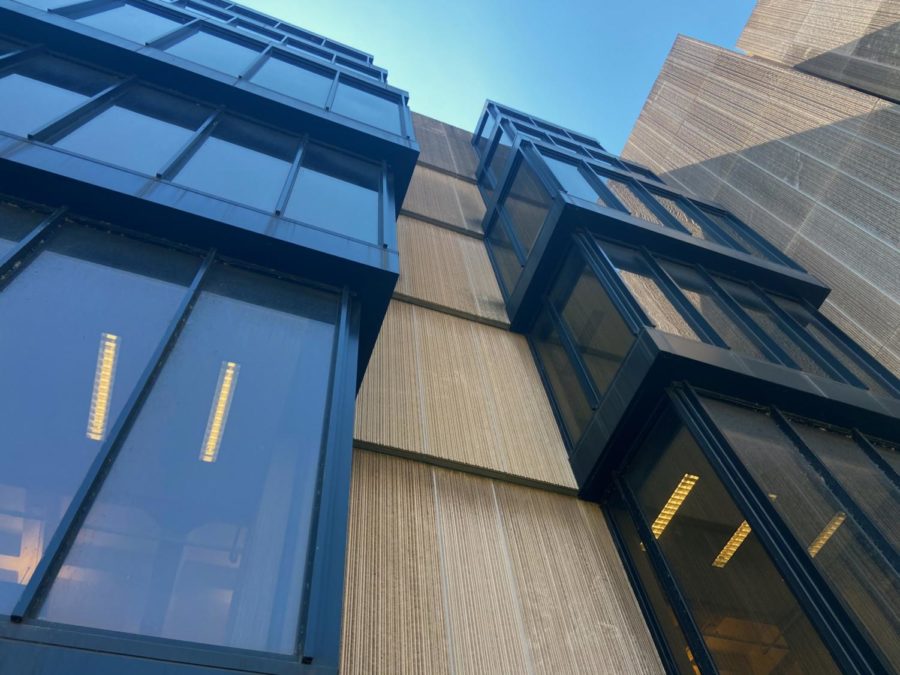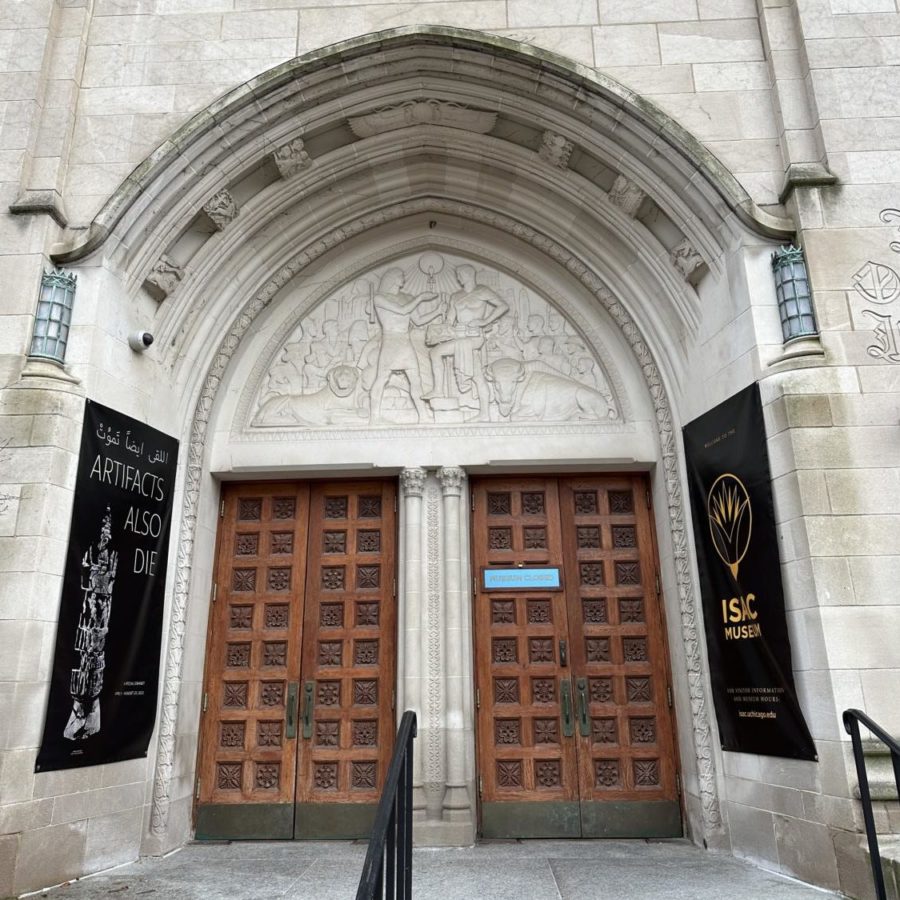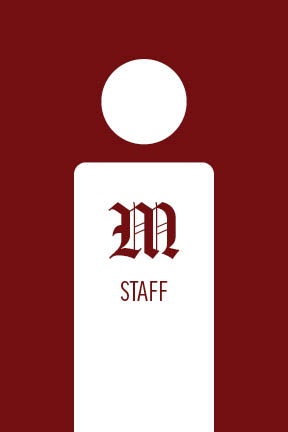If you don’t live in Burton-Judson or SCRH, you may want to check out what’s happening on the south side of campus. The Midway Plaisance, which this time of year is usually an uninterrupted stretch of autumn foliage and scattered Frisbee games, is now a series of construction projects and concrete barriers, an extended mud pile all the way down the Ellis and Woodlawn crossings. Returning students immediately noticed the rather blatant impediment to a usually unobstructed (albeit wind-ravaged) crossing of the Midway, and were left wondering why such heavy, safety-threatening development was not mostly completed during the summer.
Branded the Midway Crossings Project, the construction will create a symbolic “bridge” across the Midway: a recognizable landmark to cultivate a sense of community and comfort. The project includes a wider, renovated sidewalk, new light towers and LED side-lights for increased illumination, and tree-laden “buffer” zones.
Additions like the Midway Crossing Project both enrich the aesthetic quality of the university and increase student safety. It’s not clear, however, why the work couldn’t be finished during the summer. According to the project schedule, construction should end November 10, six weeks after classes have begun. It’s a familiar situation, and one that’s getting a bit old. If construction had begun even a month earlier, the brunt of construction would be completed, well, now.
This fact is crucial because this type of construction—unlike that of the Mansueto Library—actively interferes with student life. Morning walks to Hum become mini-odysseys, with bustling two-way foot traffic within the few feet that the barriers provide. Commonly used CTA routes like the #171 and #172 are frequently delayed by the fact that buses have to painstakingly turn around those same jutting barriers.
Worse still, safety phones are far less accessible than they were before construction began, and being stuck between a concrete wall and a fence isn’t the most comforting situation for a student walking home late at night. The construction has in fact exacerbated the safety concerns that were the central reason for undertaking the project in the first place.
Yes, construction happens, and it won’t always be ideally executed, but finishing these kinds of projects before the summer simply must be a priority. Letting the majority of the student body find out about such projects by forcing them to navigate the horror of Ellis Avenue on move-in day isn’t the most productive of strategies. When projects like this one have significant implications for student life and safety, why not have open meetings so student concerns and solutions can be taken into account? Or, better yet, finish before the school year and avoid the problem altogether.
Cooperation must accompany construction. The project might increase safety, but its construction does not. Instead, it leaves commuters feeling vulnerable and cramped. When projects radically change the way we go to classes, the amount of time it takes just to get to Walgreens, and the amount of space available for midnight soccer, they ought to be discussed as a community and, as much as possible, resolved during the summer.
—The Maroon Editorial Board consits of the Editor-in-Chief, Viewpoints Editors, and an Editorial Board member.









